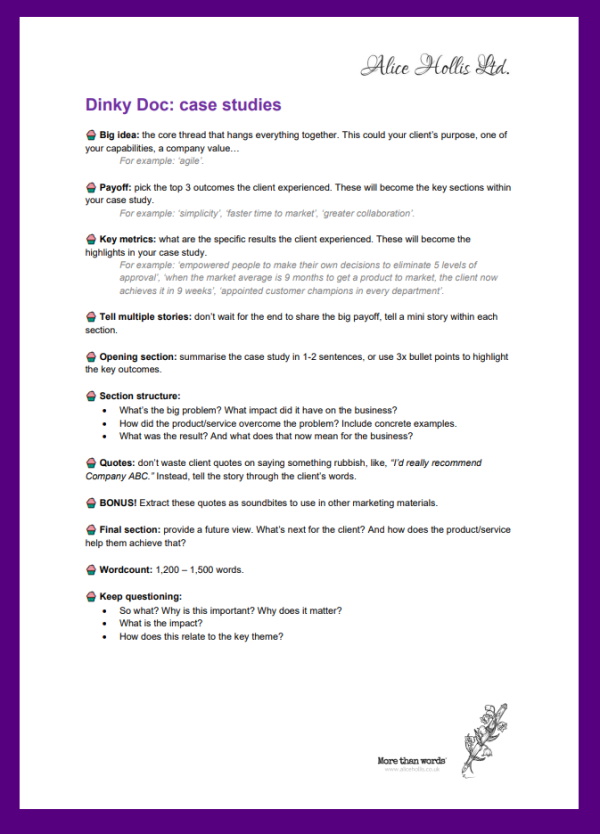Your content fails to convert because your audience is confused about who you are.
Your content may be great, but unless your audience knows you, their thoughts (perhaps subconsciously) will be full of doubt: who are you to tell me what to do?
Your subject matter expertise is the culmination of your skills, knowledge, and experience over several years, and it’s this that we need to distil within your content to demonstrate what qualifies you to have an opinion, and why you’re best placed to help your audience.
So how do we do this?
Technique 1: Evidence
While your ideas and opinions are valid, it’s not enough to simply share them with your audience. You need to show they’re credible. One of the best ways to do this is to back up what you say with third party research from credible sources and analyst commentary. For example:
🧁Option 1: White papers are the most valuable content you can produce to engage the c-suite.
Vs.
🧁Options 2: White papers are the most valuable content you can produce to engage the c-suite because 82% of B2B buyers use them to support their decision making.
It’s a subtle but important difference because you’re using research/commentary from a trusted third-party to endorse your ideas/opinions.
Technique 2: Case studies
The biggest mistake you can make with your content is to simply publish a case study on your website and do nothing else with it. Case studies have a place in every piece of promotional copy because they demonstrate the actual value realised by your actual customers.
They are not some theoretical narrative of what your product/service could do. They are a real-life use case that proves you can do what you say you can do. And from the audience’s perspective, your case study is the ‘relatable middle ground’ because your client faced the same challenges as them, which you helped them to overcome.
When using case studies within your content, you don’t need to re-tell the whole story. Instead, pepper your content with the interesting/important facts and stats. For example:
🧁Bring life to your context by sharing what that meant for Company ABC.
🧁Share the business impact the problem had for Company ABC.
🧁Use your stats to show how Company ABC changed for the better after implementing X.
🧁Quote your customer to make an emotional connection, because life is so much better now.
This does mean that when you write your case study you need to think about how it could later be carved up into these snippets.
| TEMPLATE: case studies |
 |
| Download your copy… |
Technique 3: Personal brand
Which article sounds more tempting:
🧁Option 1: “Digital transformation trends for 2024” by Company ABC
Vs.
🧁Option 2: “Digital transformation trends for 2024” by Kate Summers, customer success director at Company ABC
Again, it’s a subtle but important difference. While the contents of the article may be identical, option 2 makes an instant personal connection because it has a byline.
We all stalk people on the internet (even if we don’t openly admit it!), which is why it’s important there’s lots of lovely content there when your audience chooses to stalk your subject matter experts. For example:
🧁Bylined articles – either on your website or on Linkedin
🧁Published editorial
🧁Podcast appearances
🧁Speaking engagements
Essentially, all the components you would use in a PR (public relations) campaign.
The greatest value within your company and its brand, is due to the skills, knowledge, and experience of your subject matter experts – so push them into the limelight. It’s a smart way to demonstrate the value you offer without making throw away statements like, “We’re an expert”.
